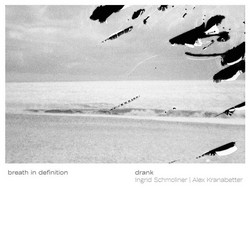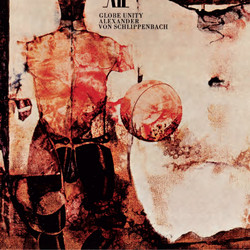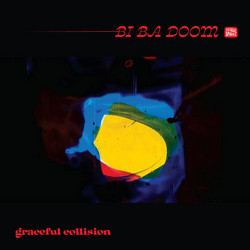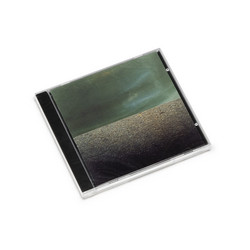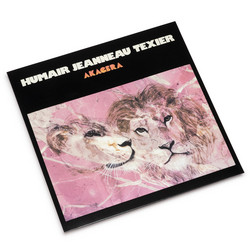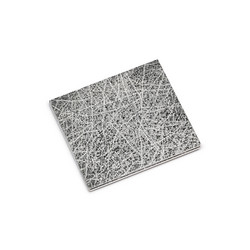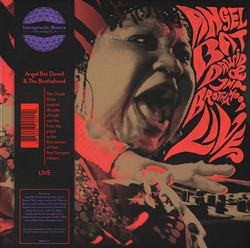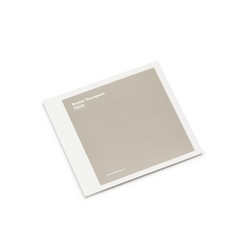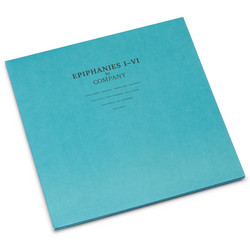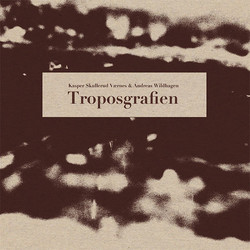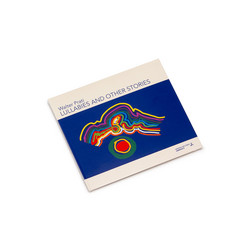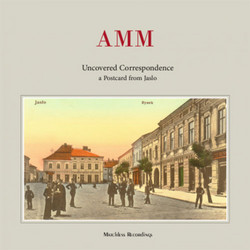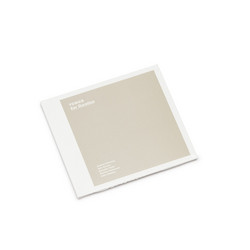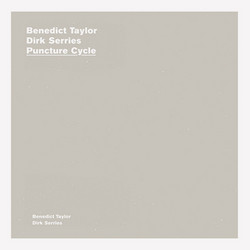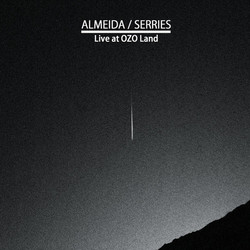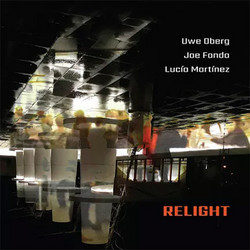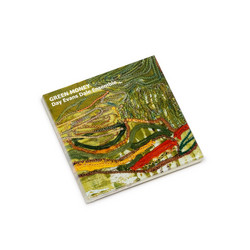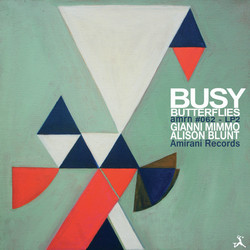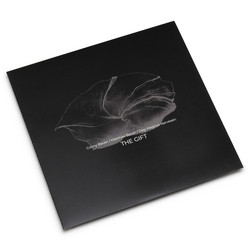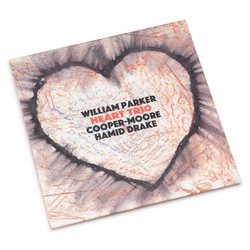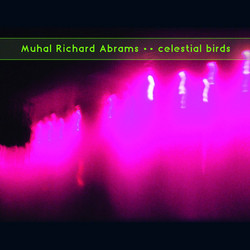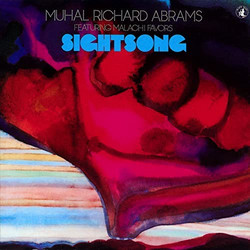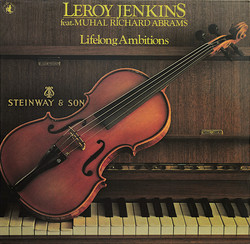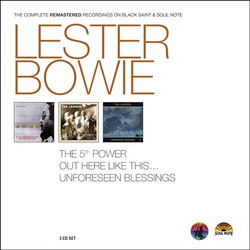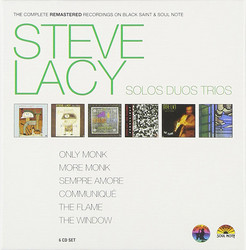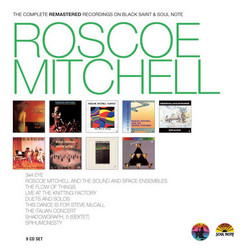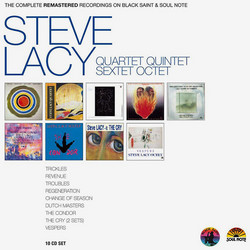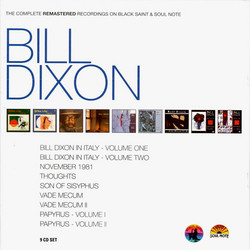1
2
File under: Improvised Music
Muhal Richard Abrams
The Complete Remastered Recordings, vol 2 (6CD Box)
The story of the founding of AACM is repeated often enough that it’s
codified into legend: pianists Muhal Richard Abrams and Jodie Christian,
drummer Steve McCall and trumpeter Phil Cohran, having come together in
Abrams’ Experimental Band, met to lay the groundwork for what would be
an independent organization for the production and promotion of creative
jazz on Chicago’s South Side. As an organization committed to
egalitarianism and self-determination, Abrams’ clear role as the
spiritual godfather of the organization never quite seems to fit so
tidily into the timeline. But before there was an organization, he was
the bandleader and before there were bands, he was their leader. Those
of us outside his inner circle might be wise not to mourn his passing
Oct. 29th at the age of 87 so much as to marvel at the sphere of
influence he held over innovative jazz for more than 50 years. It’s only
natural to go back and revisit an artist’s discography once we’re aware
that they’ll no longer be actively contributing to it. Italian label
CAM Jazz has made that fairly easy to do with its ongoing repackaging of
the Black Saint and Soul Note catalogs into affordable, artist-specific
boxes. The first of two Abrams boxes came out in 2012, with the
erroneous claim of being “complete”. This second set completes the
collection and is labeled “Volume 2” (even though volume 1 wasn’t marked
as such). Also, perhaps unexpectedly, Volume 2 includes albums
where Abrams was a guest on someone else’s session. Added to these
missteps is the fact that the CAM releases never actually seem to be
remastered (there’s no clear upgrade from the Black Saint digital
discs), but now is not a time to quibble. Now is a time to listen. A
little less than half of Abrams’ output (depending on how one counts
“with” and “special guest” appearances) was issued by Black Saint, so
the survey is hardly thorough, but those records are among his most
exciting and most innovative. Included in the second volume are duo
albums with bassist Malachi Favors, violinist Leroy Jenkins, saxophonist
Roscoe Mitchell and pianist Amina Claudine Myers. The ensemble albums
include 1-QCA+19, Colors in Thirtythird, Familytalk and Song for All
(a painter as well as a musician, his covers often depicted his visual
artistry and his titles often reflected that as well). Also included is
trombonist George Lewis’ excellent Shadowgraph, 5 and if Abrams
only appears on two of the four tracks, it’s well worth revisiting
nevertheless. Plunging into the box, we hear how fantastically jazzy he
could be in Sightsong, the duo album with Favors. We hear a
theatricality that puts him in the camp of early Art Ensemble of Chicago
records on “Balladi”, the second track on 1-QCA+19, with an AACM
allstar ensemble (McCall, saxophonists Anthony Braxton and Henry
Threadgill and bassist Leonard Jones) contributing to layers of off-mic
vocals. And we hear in a number of tracks, both solo and group, Abrams’
surprising synthesizer work. Volume 2 wasn’t meant to be a
thorough retrospective. But it is as good a place to start as any for a
composer and innovator who still holds surprises, no matter how many
times you’ve listened.
Details
